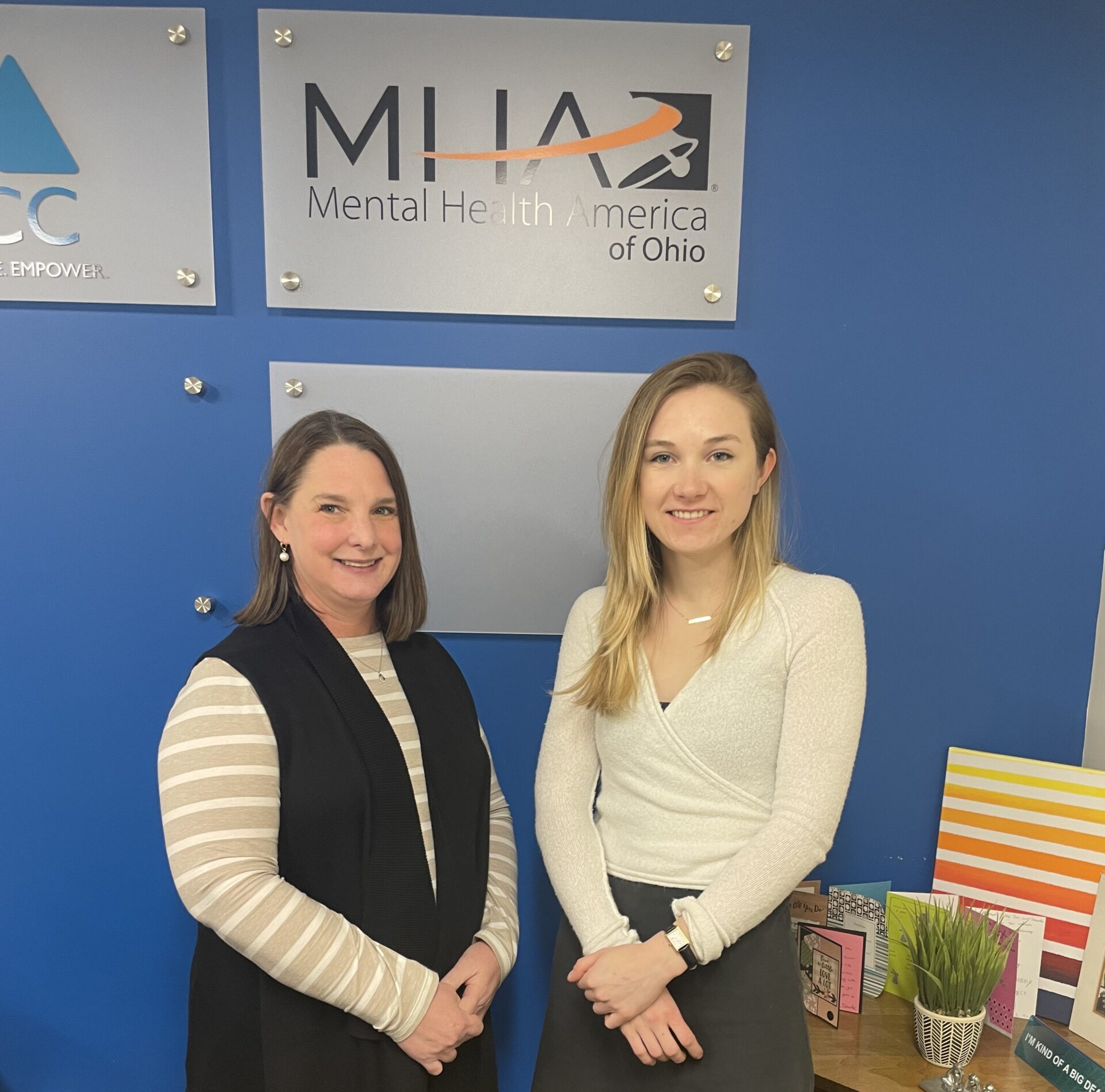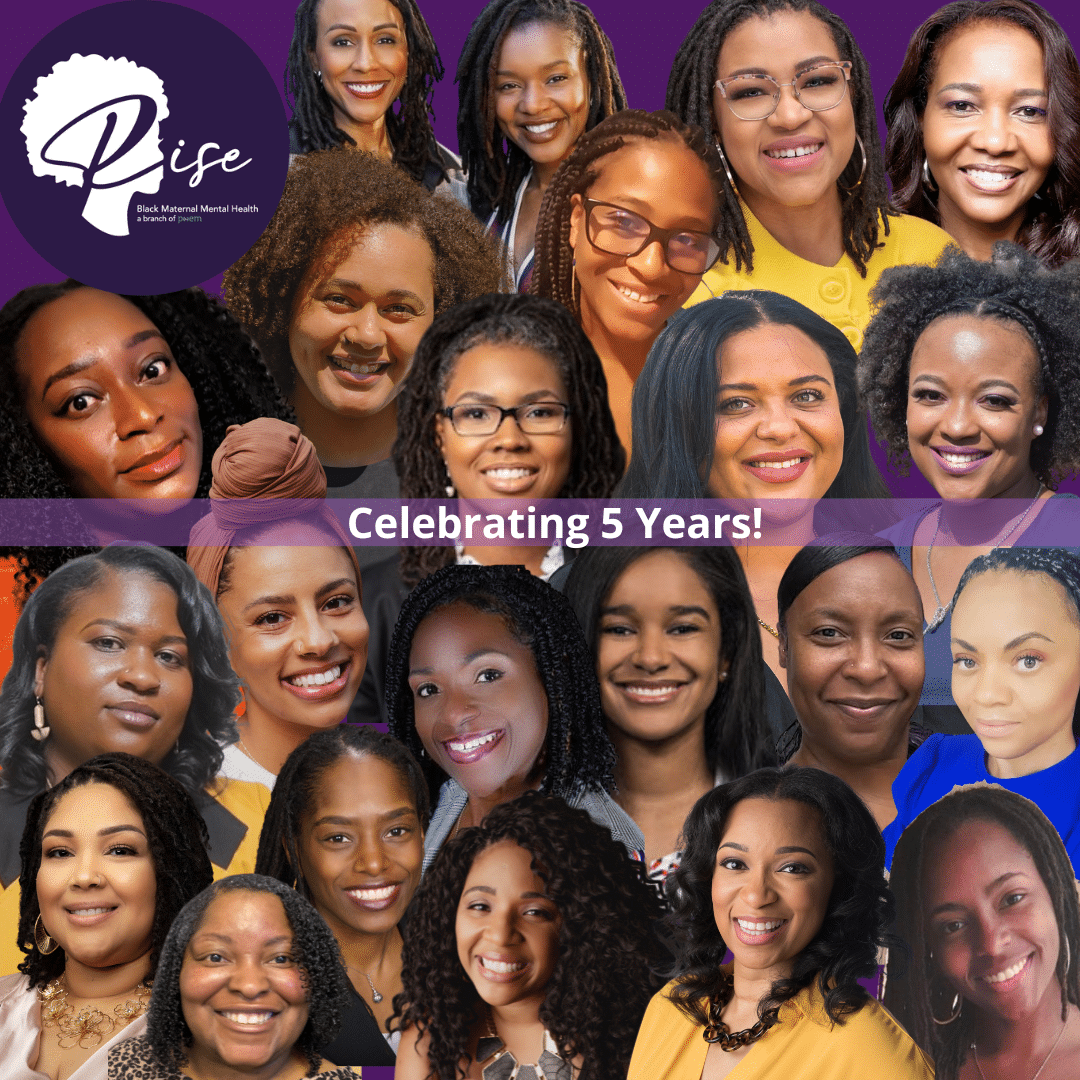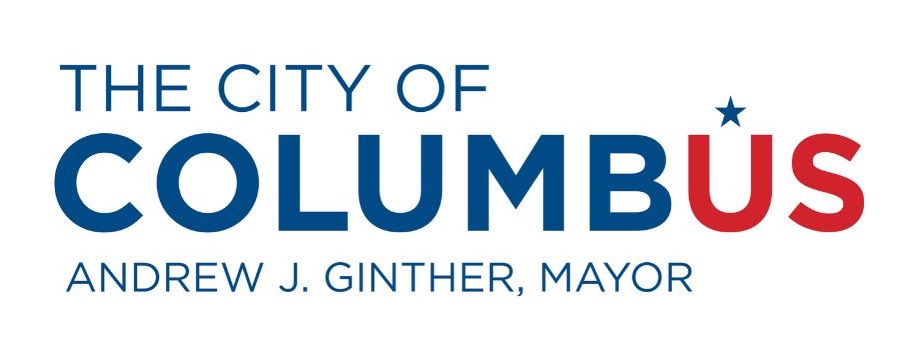The Centers for Disease Control and Prevention (CDC) recently released a report showing an increase in deaths by suicide in 2021, compared with the previous four years.
The report indicated there was an increase in suicide rates among American Indian/Alaska Natives, Black Americans, and Hispanic Americans, and individuals between the ages of 25 and 44.
Michelle Vargas, Director of The Franklin County Suicide Prevention Coalition (FCSPC), said suicide rates vary across different groups locally as well.
The FCSPC, hosted by Mental Health America of Ohio and funded by the Alcohol, Drug and Mental Health Board of Franklin County, was revitalized in 2018. It partners with 57 members from various sectors to increase communication, coordination, and collaboration efforts to prevent suicide and bring hope and support to those affected by suicide.
The FCSPC conducted a Community Readiness Assessment in 2020. The results showed there is still hesitancy to talk about suicide, and that people were more likely to look for resources after a crisis instead of proactively.
“For this reason, we coordinate evidence-based suicide prevention training, including Question, Persuade and Refer (QPR) training. QPR teaches skills for identifying and referring someone at-risk to support services,” she said.
The FCSPC offers this 60-90 minute training in-person and virtually, free of charge. Employers, organizations, and community groups can request training on the FCSPC’s website or by emailing FCSPC Manager Jess Fannin at jfannin@mhaohio.org. Participants learn how to recognize the warning signs of suicide, persuade at-risk individuals to get help, and guide them to appropriate resources.
“We encourage people to schedule a training for their workplace, place of worship, volunteer organization or any place where they get to know people,” she said. “When you’re able to recognize when someone may be acting differently, and that means you could intervene and potentially help save a life.”
In addition to the suicide prevention training, the FCSPC website offers resources like data reports, educational handouts, crisis hotline phone numbers, and postvention support.
One of the newest resources they’ve added to the website is a series of 90-second suicide prevention videos available in five different local languages.
“Each one shares warning signs and a message of hope, and they are free for any organization that might want to play them on monitors in their places of work,” she said. “It’s another effort to decrease stigma.”
If you have questions about the FCSPC or its training and resources, visit their website, follow them on social media, or sign up to receive their monthly newsletter.
If you are in a crisis, call or text the Suicide and Crisis Lifeline at 988.












